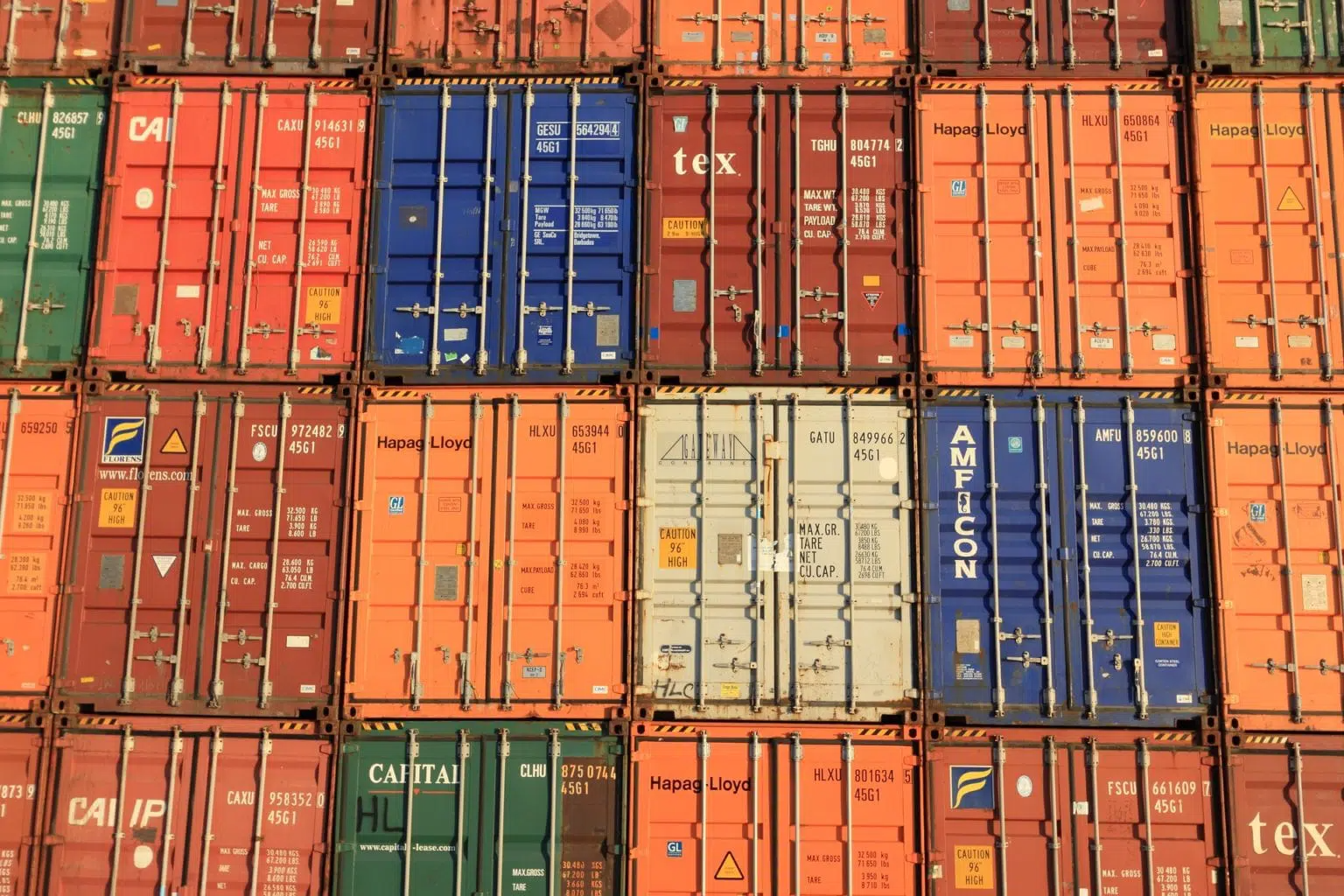In 2023, Dutch exports of agricultural goods, including both primary unprocessed goods and secondary processed goods, reached an estimated 123.8 billion euros, reflecting a modest growth rate of 1.6% compared to 2022, according to a press release from Wageningen University and Research. Dutch agricultural imports experienced a decline of 3.3% in 2023, totaling 83.9 billion euros.
The releases states that the slightly increased export value in 2023 is the result of a lower export volume, but a stronger increase in export prices. The import volume has seen a decline, which surpasses the increment in prices. These findings stem from collaborative research conducted by Wageningen Economic Research (WUR) and Statistics Netherlands (CBS), commissioned by the Ministry of Agriculture, Nature, and Food Quality (LNV).
Homegrown Agricultural Exports Increased
The Netherlands’ export value can be segmented into two categories: domestically manufactured goods totaling 82.1 billion euros, and re-exports of foreign-made agricultural goods amounting to 41.7 billion euros. Roughly two-thirds of agricultural goods exports are of Dutch origin. Dutch-made exports witnessed a 3.6% increase in value, whereas re-exports experienced a 2% decline. The releases notes that goods of Dutch manufacture are “homegrown” or are products that have been significantly processed after import. Consequently, this figure is also an indication of the importance of the food industry in the Netherlands. Re-exports comprise unprocessed or lightly processed imports passing through the Netherlands en route to a third country, highlighting the nation’s role in storage, collection, and ‘just in time’ deliveries.
Out of the total goods exports, 52% originated from Dutch manufacturing, while 48% comprised re-exports of foreign-made goods. The trade surplus, representing the difference between export and import values of Dutch agricultural goods, reached 39.9 billion euros. A significant portion of agricultural exports in 2023, similar to previous years, is directed towards neighboring countries. Germany receives nearly a quarter of the estimated total exports, followed by Belgium at 12%. France accounts for 9% of the export share, while the United Kingdom represents 8%. Notably, in 2023, 71% of the total export value was directed to EU-27 countries.
Neighbouring Countries Important For Imports
Measured by value, 60.7% of the Netherlands’ imports originate from EU-27 countries. Similar to exports, neighboring countries play a crucial role. Specifically, Germany holds a 19% share, followed by Belgium with nearly 14%, and France at 6%. The significance of China as a supplier of agricultural products has diminished, evidenced by a 24% decrease in import value.
In 2023, natural fats and oils constituted the largest share of the Netherlands’ imports, totaling 7.8 billion euros, followed by fruit at 7.6 billion euros. Beverages amounted to 5.9 billion euros, while other agricultural goods including glycerol, rubber, wood, and fatty acids accounted for 5.8 billion euros. Additionally, dairy and eggs accounted for 5.7 billion euros. Collectively, these five product categories represent 39% of the total import value of agricultural goods.
Export Value of Agriculture-Related Goods Declines
In 2023, exports of agriculture-related goods, totaling €12.0 billion, experienced a 7% decline compared to 2022 (€12.9 billion). This reduction is primarily attributed to a significant decrease in the export value of fertilizers, largely due to a decline in fertilizer prices. Excluding fertilizers from the agriculture-related goods category, the export value for this group of products would have increased by 6%. Consequently, exports to Belgium (-24%) and France (-18%) witnessed sharp declines. Similarly, imports of agriculture-related goods are estimated at €5.7 billion in 2023, marking a 7% decrease from 2022.
Notes: Agricultural Exports
The release states the following:
“Wageningen University & Research, CBS and the Ministry of Agriculture, Nature and Food Quality (LNV) have determined, in line with international classifications, which goods do and do not fall within the definition of agricultural goods. Agricultural goods trade refers to the first 24 chapters of international trade statistics plus a number of agricultural goods from other chapters according to the Combined Nomenclature (CN) coding system . Agricultural goods include both unprocessed (primary) agricultural products such as pigs, apples, flowers, flower bulbs and tomatoes, and processed (secondary) products such as cheese, French fries, chocolate, beer, tomato ketchup and fruit juice. The chapters of the CN also guide the delineation of different agricultural goods.
Agriculture-related (tertiary) goods, such as agricultural machinery or fertilisers, fall outside the basic definition of agricultural exports, but are described in detail in the basic publication.











